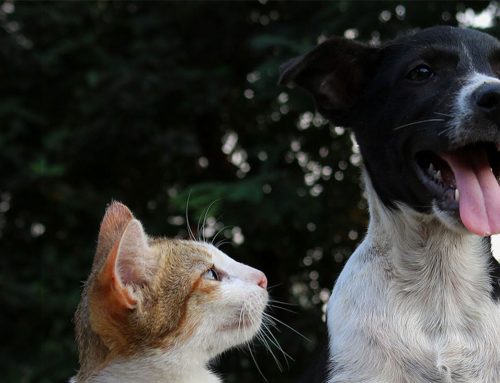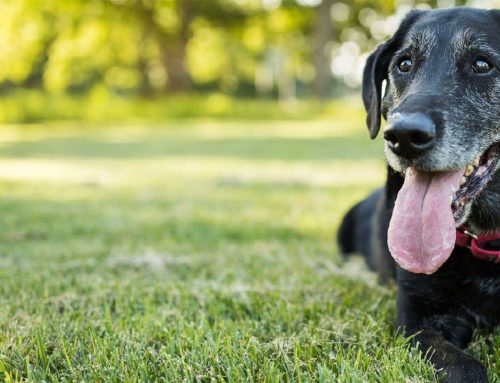Expect to Face the grrrrr, if you try to Avoid the brrrrr…
Exercising Your Pet in Winter!
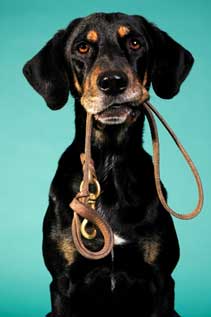 When the chill of winter sets in, it’s tempting to stay in bed a little longer and hurry home during the dark evenings to get cosy. Days can be wet and dreary, sniffles can take over, and our enthusiasm for walking the dog can waver. Other pets, like cats, are usually less enthusiastic about exercise but remember they need exercise too. Using balls and toys to play with your cat, or installing an exercise post (cat gym) is a great way to be sure they get the workout they need, too.
When the chill of winter sets in, it’s tempting to stay in bed a little longer and hurry home during the dark evenings to get cosy. Days can be wet and dreary, sniffles can take over, and our enthusiasm for walking the dog can waver. Other pets, like cats, are usually less enthusiastic about exercise but remember they need exercise too. Using balls and toys to play with your cat, or installing an exercise post (cat gym) is a great way to be sure they get the workout they need, too.
How often do I need to walk my dog in the winter?
As a rule, we recommend that you walk your dog at least 15 minutes, twice a day. This is a minimum, so they can go to the toilet and get outside. A longer walk helps them (and you) build aerobic fitness, which has many health benefits. If not every day, the ideal would be to go for a 30-minute to an hour walk and/or play, two to three times a week.
It’s important to note that puppies under one year should never be forced to walk for longer than an hour, and you might find an hour-long walk is just too much for an ageing dog. Use your judgement and check with us if you’re unsure.
There are a few things to keep in mind to assess the amount of exercise your dog needs. You should consider the following and make the decision that is best for your pet. We can help you in determining your dog’s exercise routine and needs.
- Breed and size will affect how often your dog needs to go outside. Some dogs have very small bladders and need to go out more often. Smaller dogs may not need the same amount of exercise as big dogs, because they burn up a lot of energy around the house.
- Age is a factor that influences stamina and fitness. Toilet-training puppies will need to go out a lot, and older dogs may need to eliminate more frequently.
- Diet can impact how often your dog needs to go outside. For example, dogs on a grain-free diet will probably produce less waste and may not need to go for toilet walks as frequently.
Tips for wintertime exercising with your dog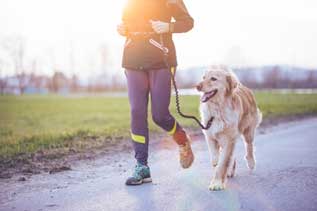
- A brisk walk first thing in the morning in the cool, clean air, can be very invigorating. Summon the motivation and enjoy a cardiovascular workout to kick off your day.
- So that you can embrace the colder seasons with your four-legged family member, and stay healthy, invest in some wet weather gear. If you have a good, all-weather raincoat (with a hood) and gumboots, you will be much less worried about going out into the rain and will enjoy those puddle jumps much more!
- Hire a dog walker if your schedule doesn’t allow daily walking. Make sure you hire someone who is recommended.
- Team up a friend or friends who have dogs. You can help keep each other committed to a routine, and exercising while you are socialising will make it easier and more enjoyable for you and your dogs.
- If the weather is simply too bad to venture out, and your dog isn’t prone to joint problems, use stairs in your home to plan an aerobic game of fetch. Throw a ball or toy up to the top of carpeted stairs for them to retrieve.
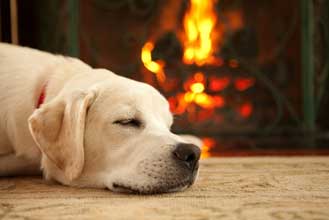 A drop in temperature can be hard on older pets who suffer from arthritis. It can stiffen their joints. Aged dogs still need regular exercise, which promotes good circulation, helps manage their weight and keeps their muscle strength toned. Just be mindful not to overdo it. Keep walks to 20 minutes or less, and stay on even ground. Puppies are also more sensitive to the cold. A younger dog might benefit from a waterproof pet-coat or jumper to protect them from the cold when they go for walks.
A drop in temperature can be hard on older pets who suffer from arthritis. It can stiffen their joints. Aged dogs still need regular exercise, which promotes good circulation, helps manage their weight and keeps their muscle strength toned. Just be mindful not to overdo it. Keep walks to 20 minutes or less, and stay on even ground. Puppies are also more sensitive to the cold. A younger dog might benefit from a waterproof pet-coat or jumper to protect them from the cold when they go for walks.
Don’t forget to keep your pets hydrated in the cold weather and ensure they have access to fresh water after their walks. Keep an eye on their water bowls if you are in a region where the temperature can drop below zero, because they may ice over.
Stay warm and healthy together this winter and remember, there is nothing like lots of cuddles with your furry pals to keep the winter blues at bay!

